I grew up knowing I was short-sighted but, other than that, I had a pretty normal childhood in a family with five brothers and two sisters. In school, I sat at the … Continue reading Jan’s 1984 Story
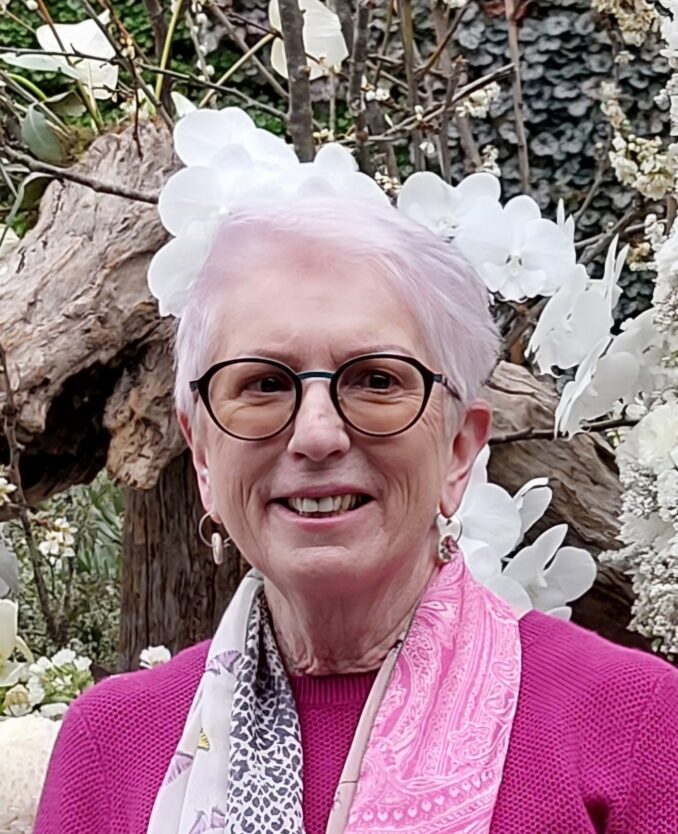

I grew up knowing I was short-sighted but, other than that, I had a pretty normal childhood in a family with five brothers and two sisters. In school, I sat at the … Continue reading Jan’s 1984 Story
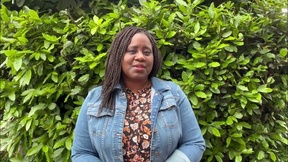
Thank you to Marsha de Cordova for taking a few moments out of her busy schedule to celebrate with us Nystagmus Awareness Day 2024 in our Ruby Year. Watch Marsha’s … Continue reading Marsha’s message for Nystagmus Awareness Day 2024
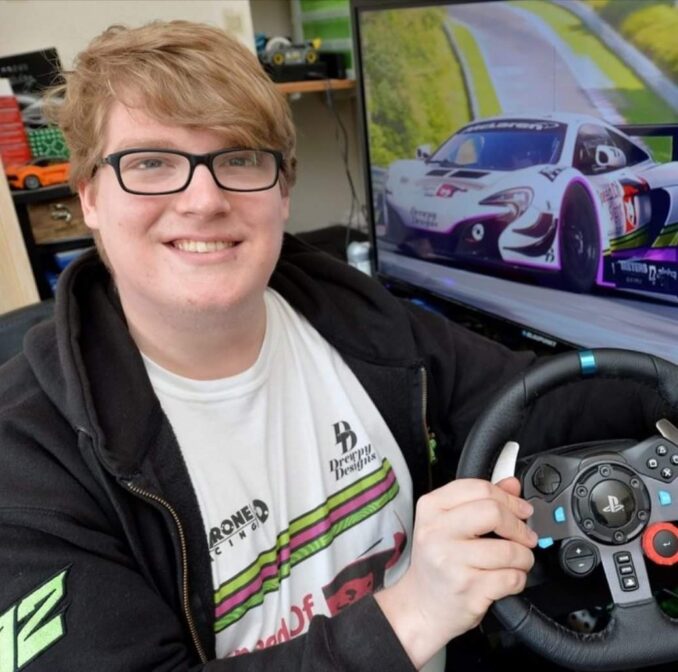
My name is Drew. Some may know me as DrewpyDesigns. I was born with albinism and nystagmus, but that’s not my full story. I’m a three-time TTT champion, self-employed as … Continue reading Drew’s Story
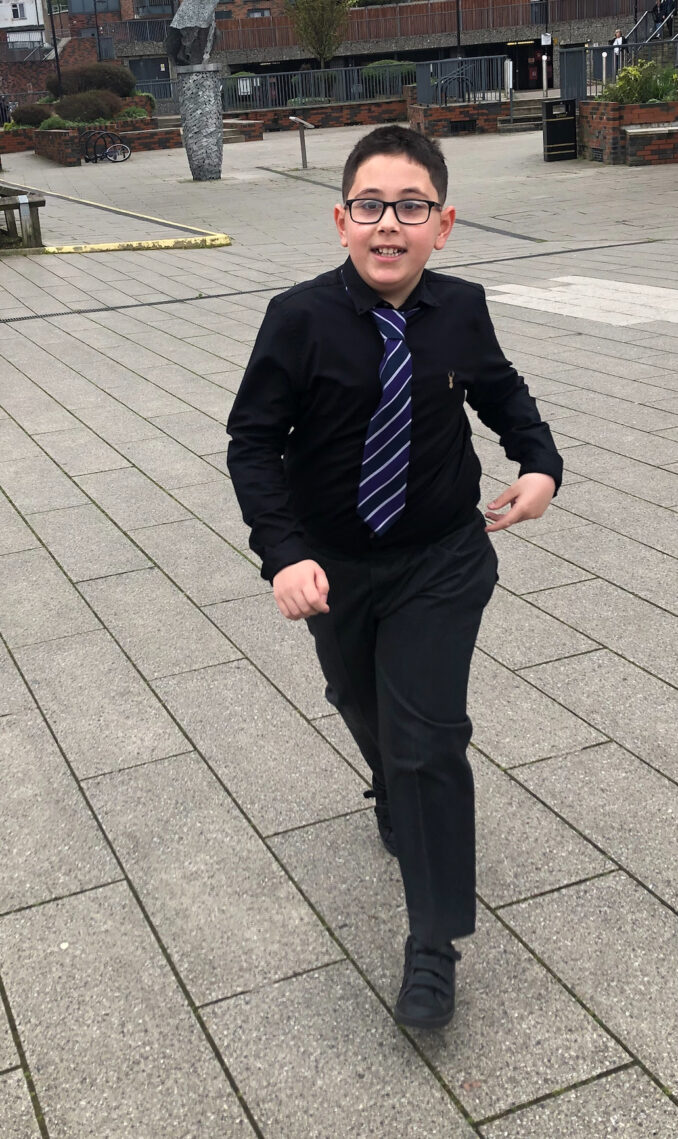
My name is Taylan. I’m 8 years old and I’m nearly 9. My mummy was really worried when she found out I had nystagmus. I have lots of hobbies and … Continue reading Taylan’s Story
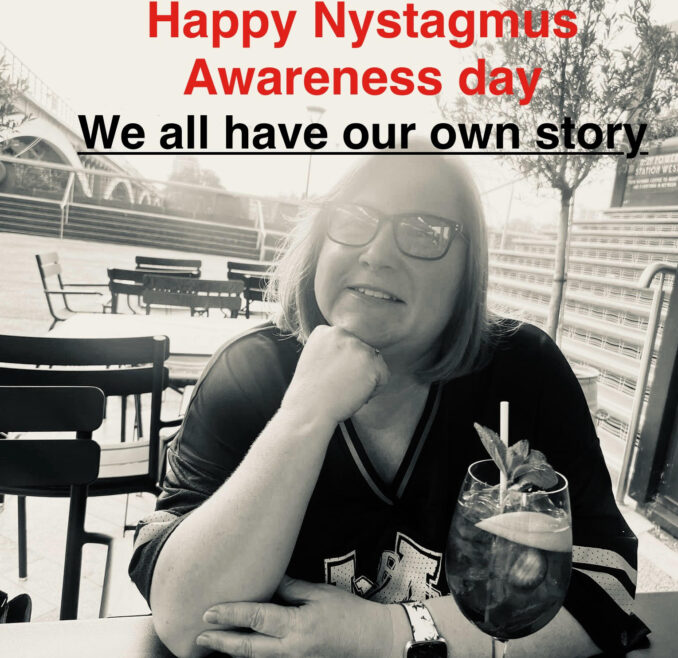
I am in my 50s and in my generation, there was little awareness or support for people with nystagmus or their parents. Growing up, I was always a clumsy child … Continue reading Angela’s Story
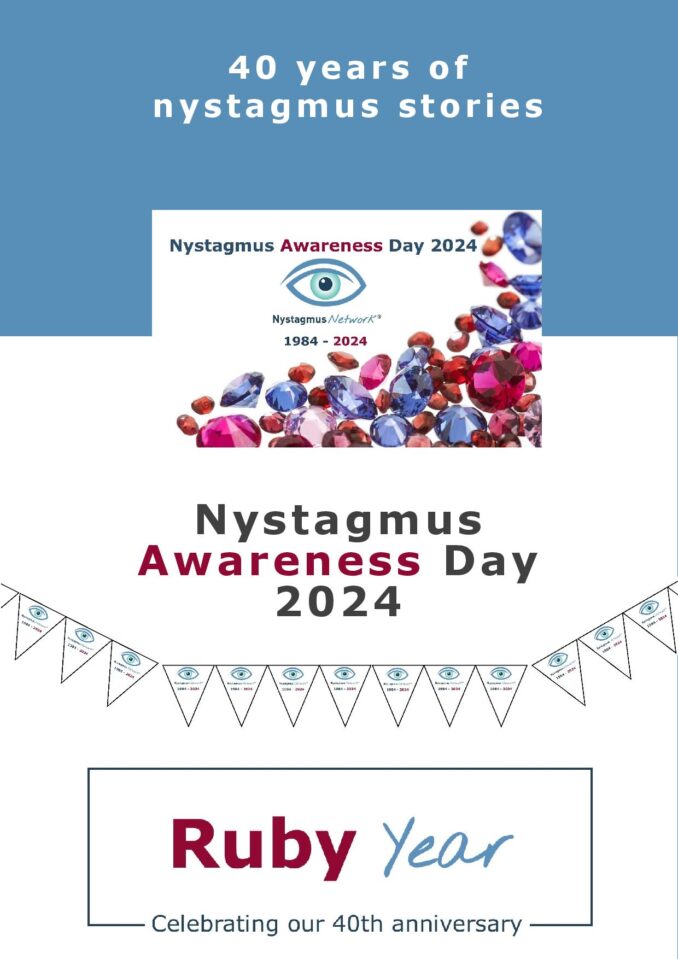
Make sure you’re ready to take part in Nystagmus Awareness Day 2024 on 20 June. Your FREE digital programme has all the information and links you need. There’s the great … Continue reading It’s nearly Nystagmus Awareness Day 2024
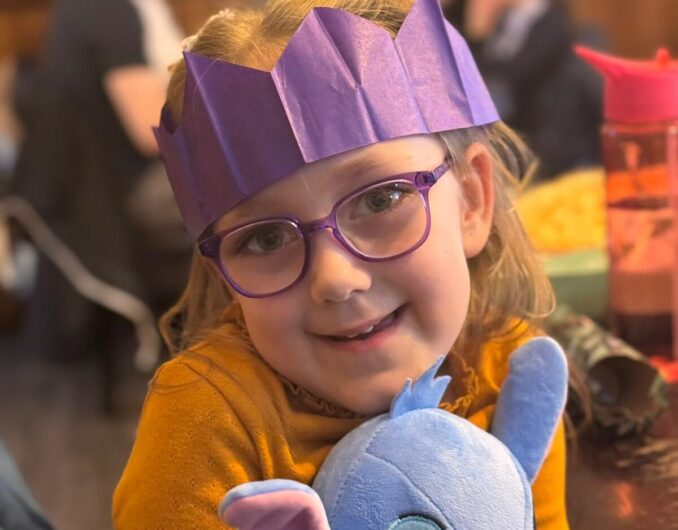
When Ruby was 9 months old I noticed one of her eyes shaking, which prompted me to visit our local optician. They informed me that they didn’t treat children that … Continue reading Ruby’s Story
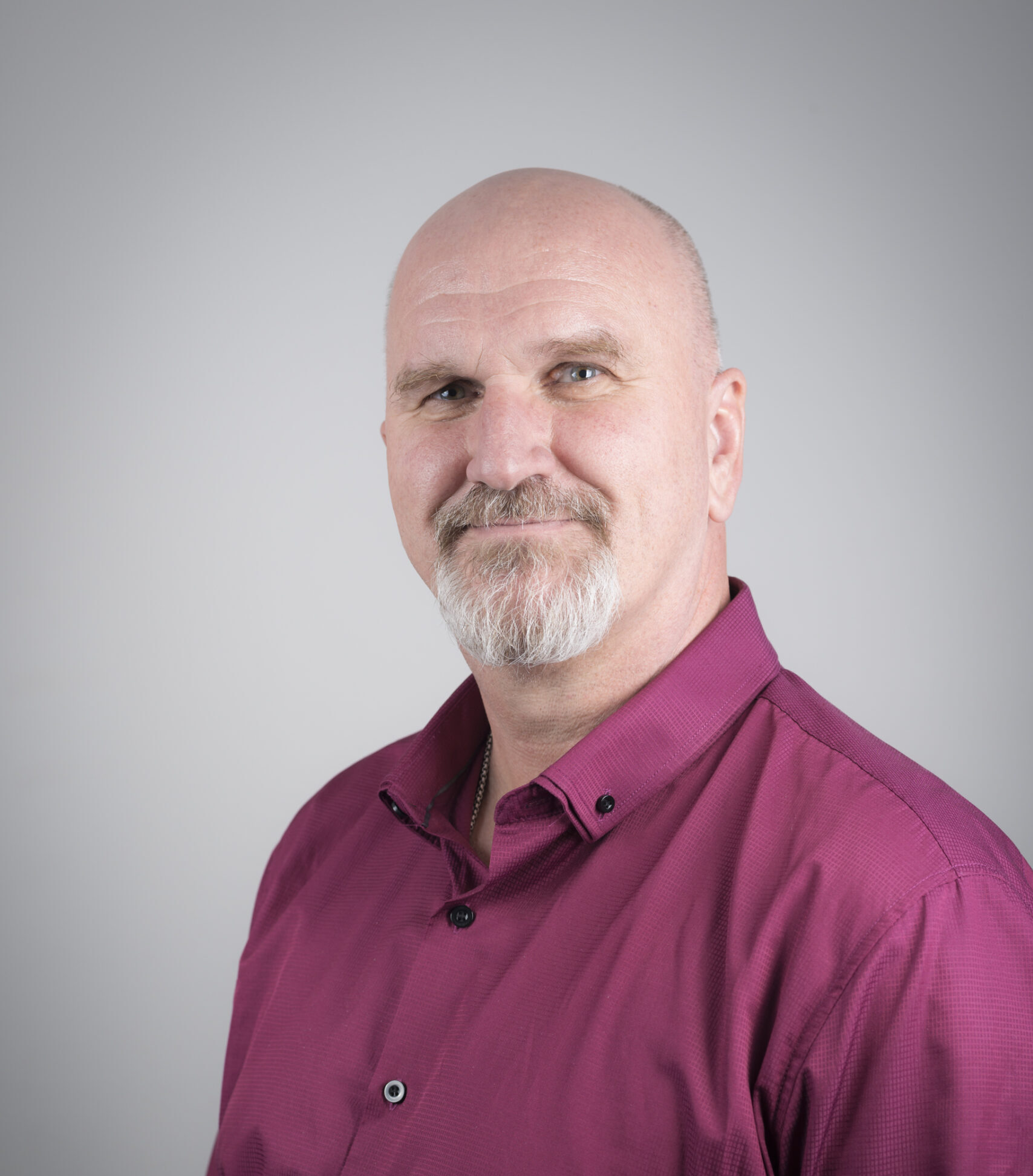
Peter’s nystagmus story comes in the form of a poem. Thank you for sharing, Peter And the boy inside me still cries Something is wrong with my eyes. At birth … Continue reading Peter’s nystagmus story
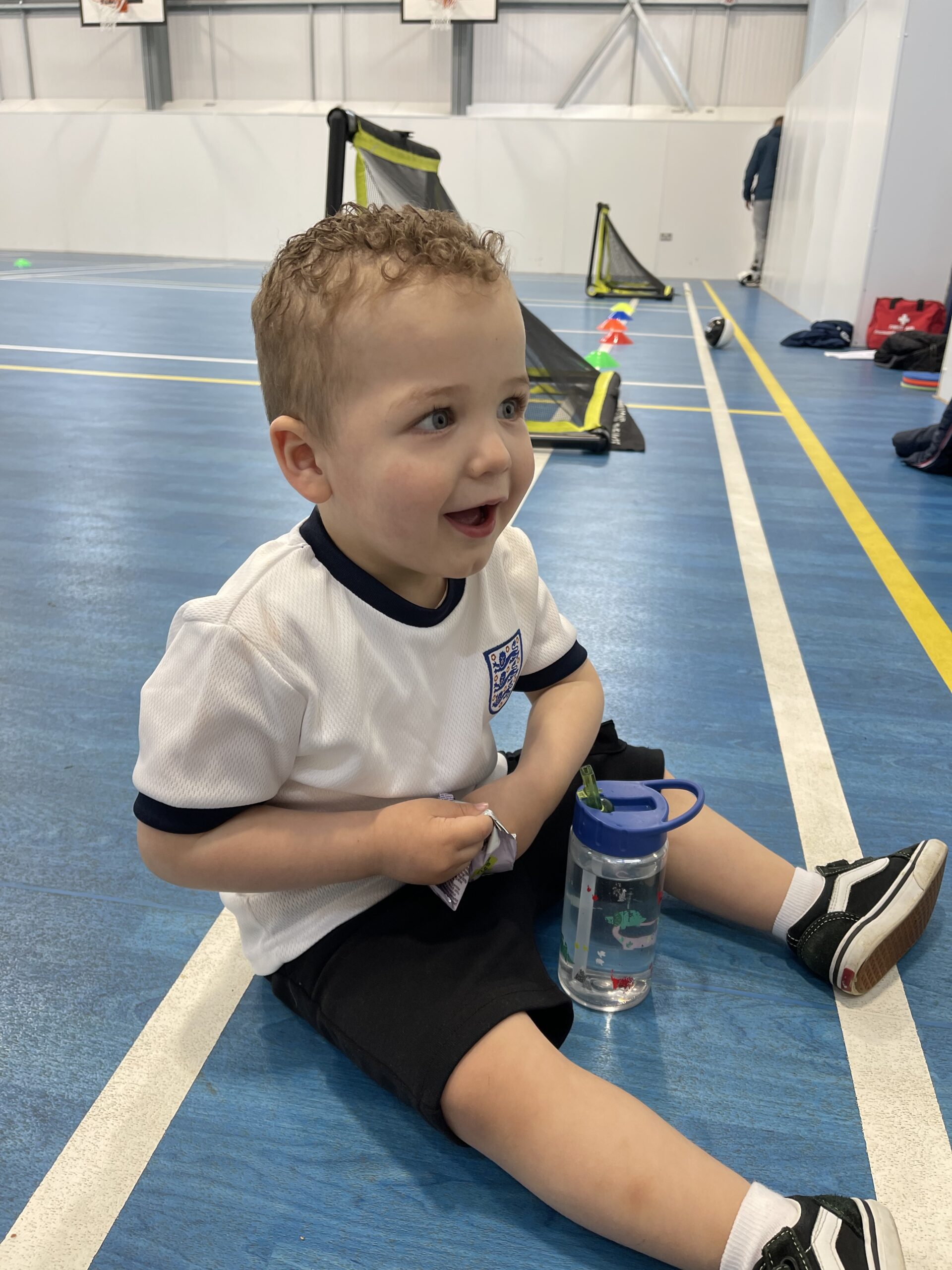
For Nystagmus Awareness Day 2023 we invited members of the nystagmus community to share their story to help people in the wider population to understand the condition. Thank you to … Continue reading Mason’s nystagmus story
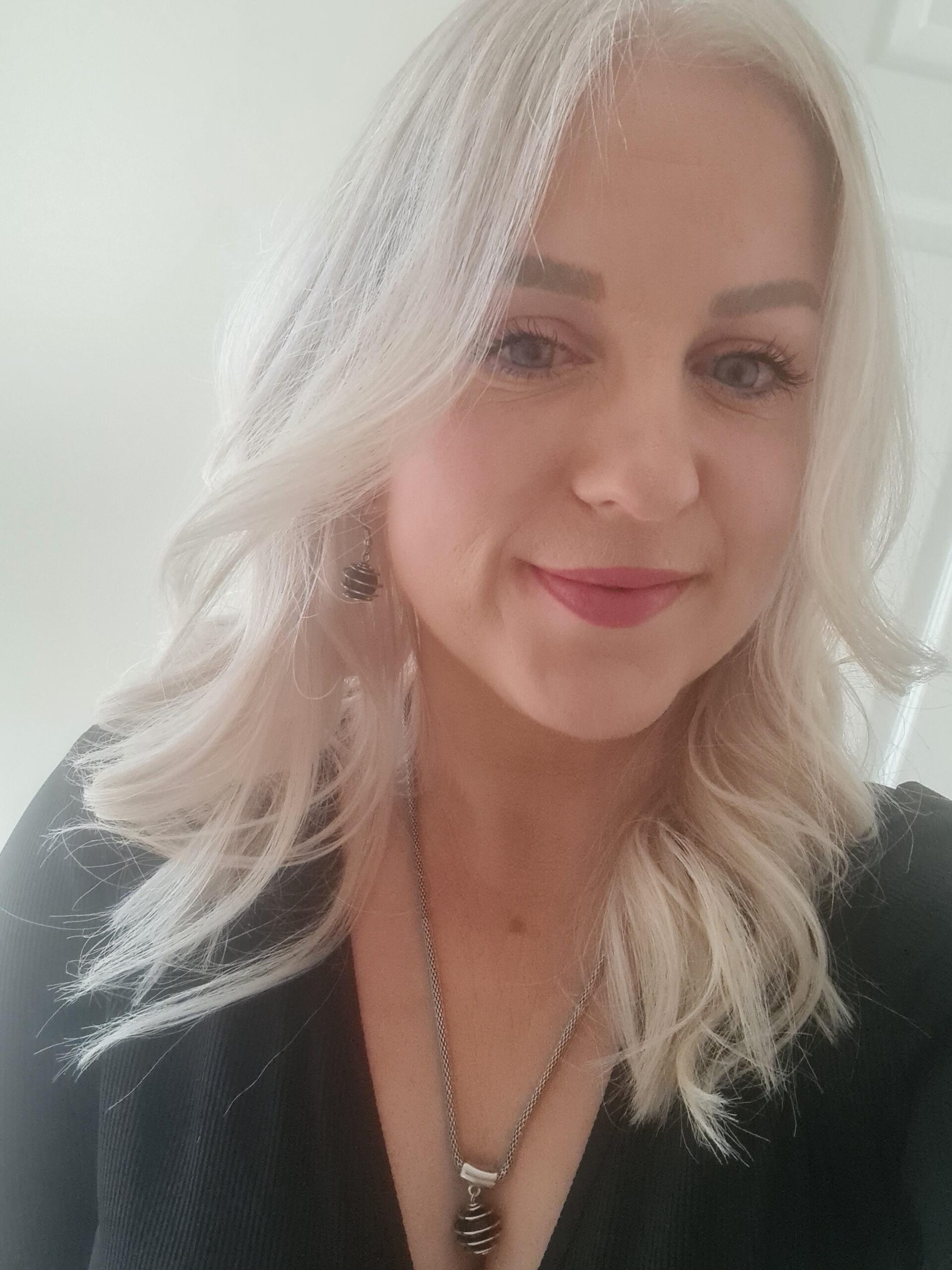
To help raise awareness and understanding of nystagmus, we;re sharing all your stories this Nystagmus Awareness Day. You can share your story here This is Gemma’s story … My name … Continue reading Gemma’s nystagmus story